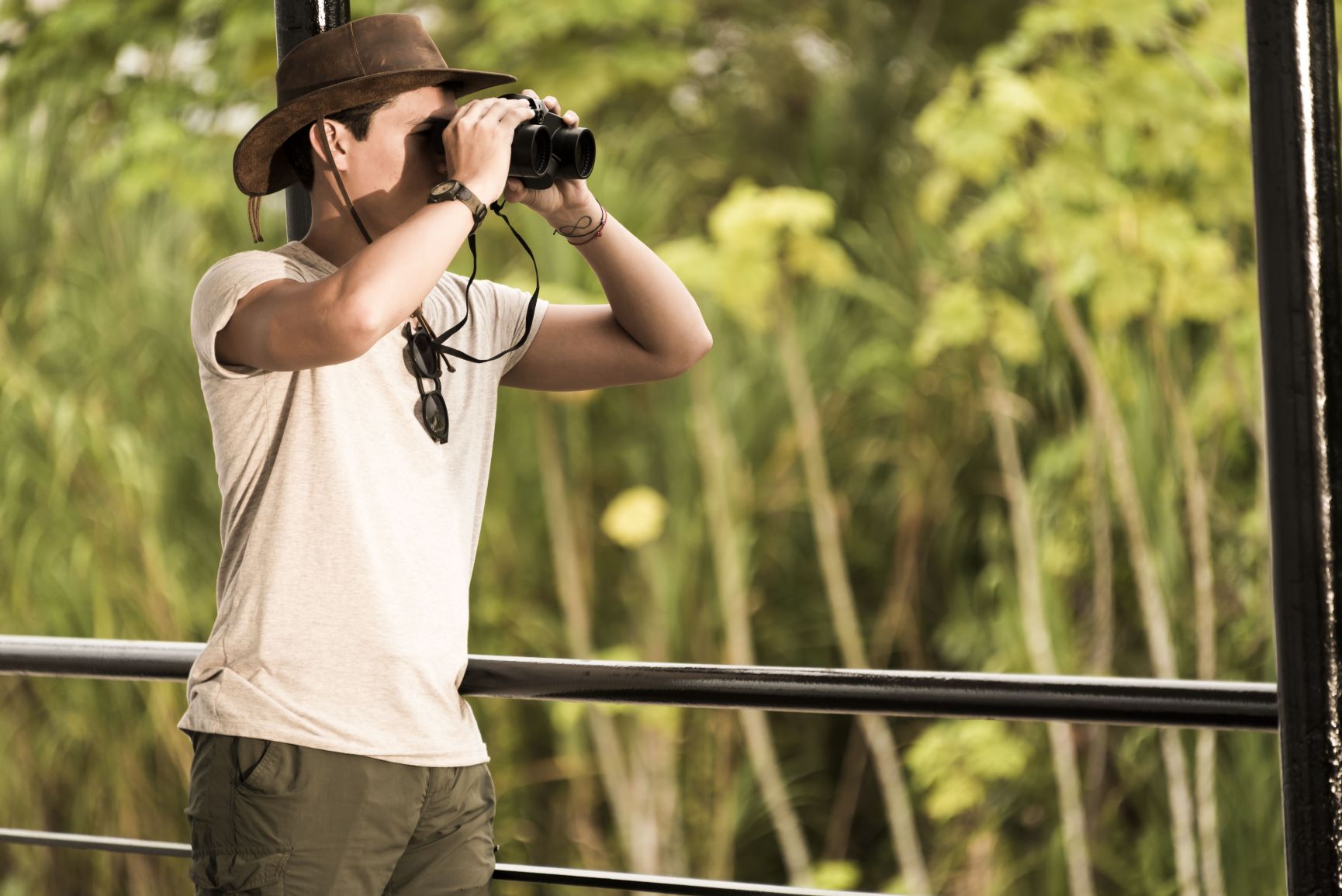There are two main seasons for exploring the Peruvian Amazon with Jungle Experiences.
The High Water or rainy season (December to May) is ideal for travelers who prefer exploring the Amazon and its tributaries by boat rather than walking.
The season corresponds to the summer and autumn of the southern hemisphere. This is the relatively cooler and wetter time of year when the Peruvian Amazon receives more than half (60%) its total annual rainfall. The average temperature hovers around 86°F (30°C).
The visit to the Amazon at this time of year allows passengers to admire the incredible phenomenon of high water. Rivers and streams rise at about 23 feet (seven meters). Apart from the impressive visual effect, the rise also means that every river, stream and lake becomes navigable. The flooded waterways expedite deeper exploration of the Amazon rainforest. Monkeys, turtles and caiman crocodiles are among the animals that visitors are most likely to see during the high water.
On the other hand, Low Water or dry season (June to October or November) is ideal for travelers who want to discover the Amazon’s flora and fauna by walking through the rainforest. The season coincides with our winter in the southern hemisphere.
This is also the hottest season on the Amazon, with average daytime highs of around 98°F (37°C). Despite its name, the dry season also features heavy rains. A key difference is that lower water levels mean that visitors can access to jungle trails that are normally flooded from December to May.
Jungle Experiences guests tend to spot a greater abundance of migratory birds during the low water season, and water levels at this time of year facilitate good fishing.

0 Comments